On a 40-Acre Long Island Nature Preserve, Buenos Aires-Born Artist Lautaro Is Painting a Woodland-Inspired Dream World
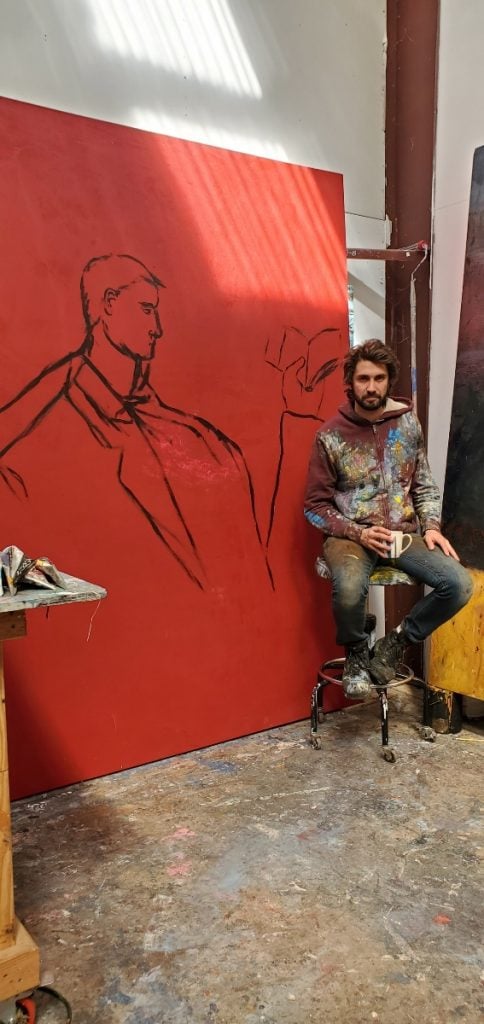

Katie White

On a recent Friday, the artist Lautaro stood in New York’s Praxis Gallery amid the painted world of his imagining: men reading books, mesmeric wolves, birds, and dream-like woodland scenes in shades of blues and purples, reds and oranges. The large-scale works towered, even over the very tall, 33-year-old artist.
Lautaro, whose full name is Lautaro Cuttica, noted that the title of his exhibition, “The Map and the Territory,” took inspiration not from French author Michel Houllebecq’s novel of the same name, but from Louis Borges’s 1946 story “On Exactitude in Science.” The story tells the tale of a group of cartographers who decide to make a to-scale map of the world that becomes so accurate that people began to inhabit the map itself.
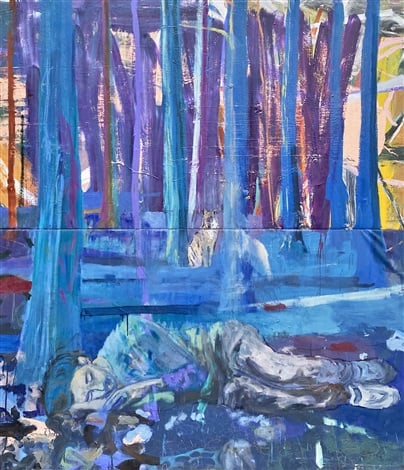
Lautaro, The Guardian (2021). Courtesy of Praxis.
This literary clue proves fruitful for understanding the artist’s paintings, all of which were made over the course of the past year. Parallel worlds are present here, a human one and an animal one, an imagined world and a waking one, but here they are hard, if impossible, to split apart.
In The Guardian, a man is pictured sleeping on a forest floor, while behind him a wolf-dog creature peers down on him, not as a threat but a protector. One can’t quite discern if the sleeping figure is dreaming the scene above him or if the fairytale-like image is part of a story, perhaps being read by one of the exhibition’s many depictions of men with books in hand (the wolf figure, too, is a repeated motif).
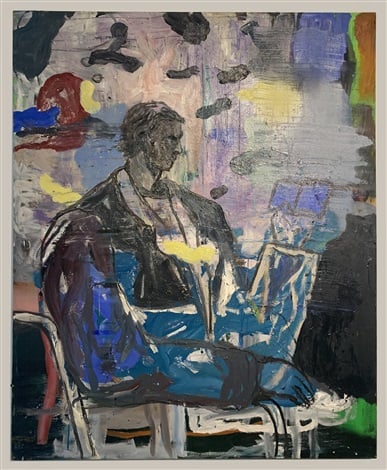
Lautaro, Self-Portrait Reading (2021). Courtesy of Praxis.
Lautaro trained as an architect, and this exhibition shows a more Surrealist turn for the artist, along with a breaking away from proportion (the men in his paintings have lumbering, broad-shouldered bodies, and small heads). Though elements of that architectural career remain, for instance, in his depiction of checked-tile floors, a way to impart perspective while also making an allusion to Renaissance architectural traditions.
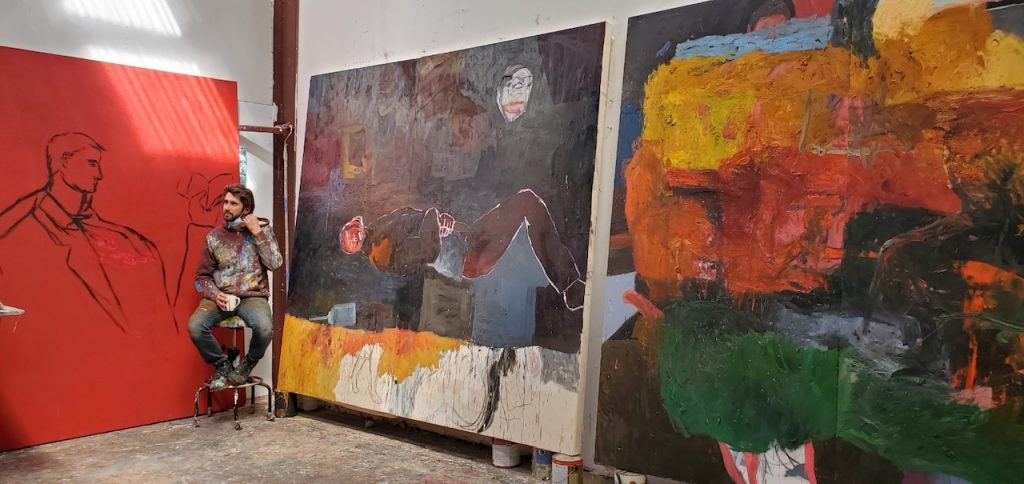
Lautaro’s studio in Riverhead, New York. Photograph by Cristina Cruz.
The artist, who was born in Buenos Aires and moved to the U.S. as a child in the mid-1990s, notes that changes in his surroundings helped inspire the series. He moved from Bushwick to a 40-acre nature preserve and former duck farm, in Riverhead, Long Island. The property, which includes a uniquely designed main house, also features smaller auxiliary buildings used as studios and lofts and a shared gallery space.
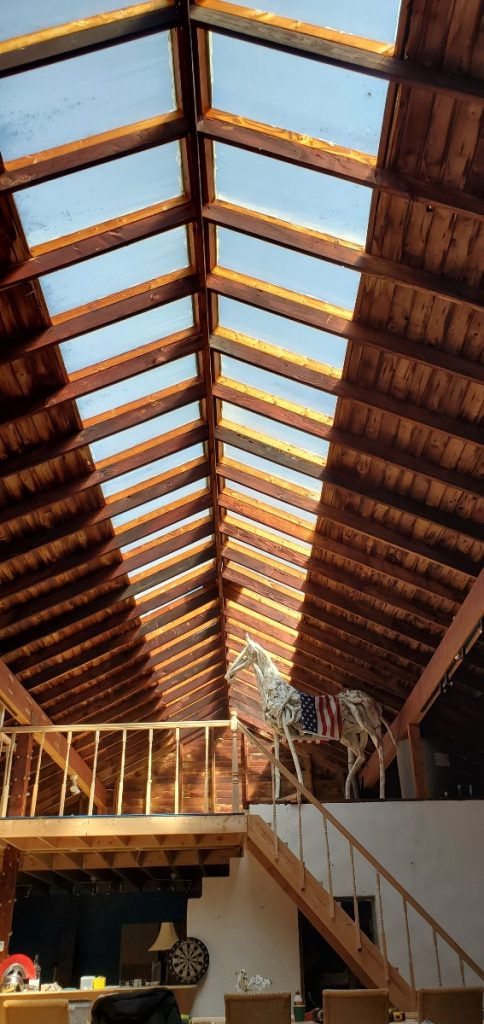
The converted duck coop at Lautaro’s studio in Riverhead, New York. Photo by Cristina Cruz.
Lautaro lives here with his wife, along with his brother and his parents (who live in the main house). His wife, brother, and father are all artists, too, and the utopia-like setting gives his works a more real-world connection. Visiting him one recent Saturday, Lautaro walked the property showing the building that once housed the duck coop (now the gallery space), along with the brushy lakeside areas where ducks can be spied, all while the family dogs run the property.
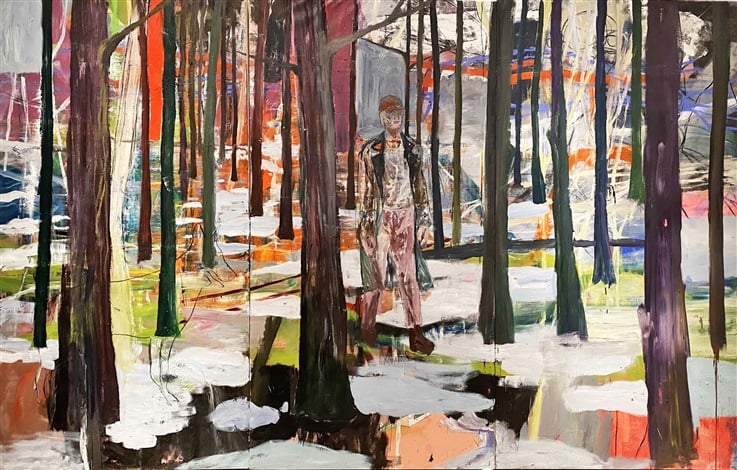
Lautaro, The Element of Time (2021). Courtesy of Praxis.
After the artist’s year on the reserve it’s not a stretch to imagine the male figure that populates his paintings as a stand-in for the artist himself—in a work like The Element of Time, walking through the forest, or in Savior, gathering a swan in his arms.
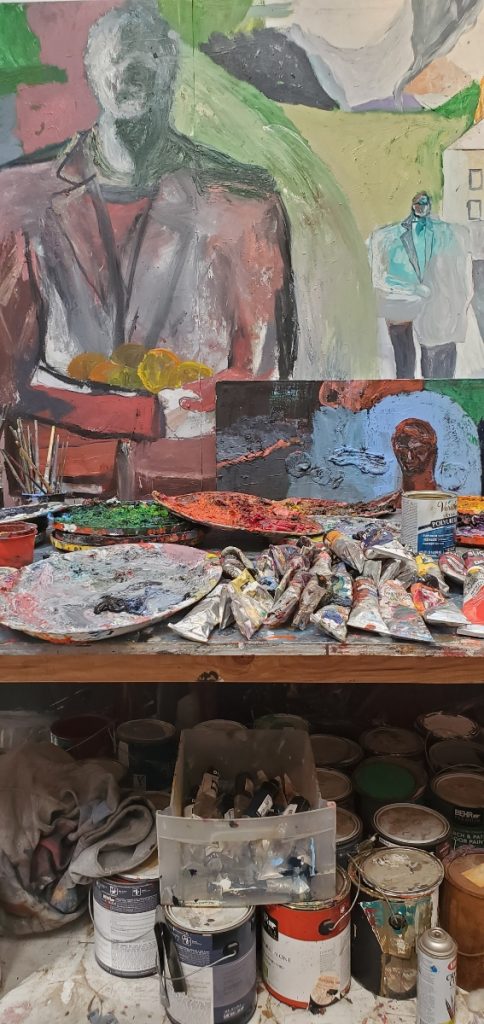
Lautaro’s studio in Riverhead, New York. Photograph by Cristina Cruz.
Here in his Long Island oasis, Lautaro acts like Borges’s mapmakers creating a parallel world, as similar and surreal as our own, and though the joints between canvases hint at the illusion and a way out, for now, there is no reason to go.
“Lautaro: The Map and the Territory” is currently on view at New York’s Praxis Art through May 8, 2021.